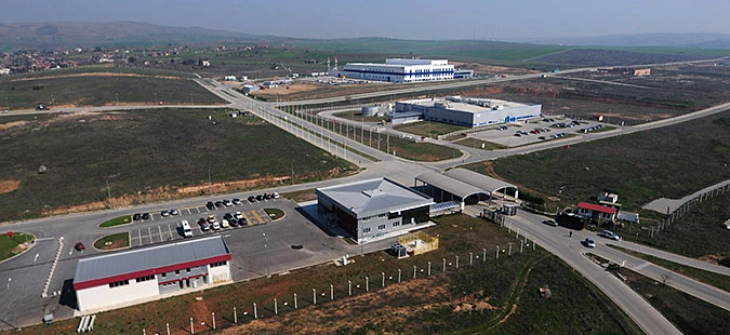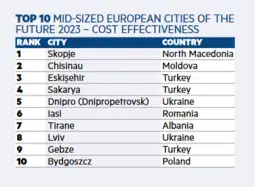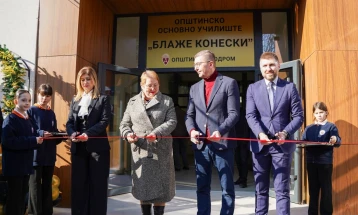TIDZ: Skopje ranks first among mid-sized European cities in cost effectiveness
- Skopje is ranked first in the TOP 10 mid-sized European cities according to cost effectiveness, in terms of investment, in the fDi Intelligence's European Cities and Regions of the Future rankings, which is part of the renowned Financial Times Group, said the Directorate for Technological-Industrial Development Zones (TIDZ).

Skopje, February 25 2024 (MIA) - Skopje is ranked first in the TOP 10 mid-sized European cities according to cost effectiveness, in terms of investment, in the fDi Intelligence's European Cities and Regions of the Future rankings, which is part of the renowned Financial Times Group, said the Directorate for Technological-Industrial Development Zones (TIDZ).
"This is a jump from the fourth place where the Macedonian capital was in last year's ranking. This year, the region of Skopje was also among the first ten small European regions, i.e. "cities and regions of the future" in terms of business climate and investment," reads the press release.

The magazine ranks cities and regions from Europe according to attractiveness, favourable business climate, as well as opportunities for foreign investors. The ranking is made according to performance in the following five subcategories: economic potential, human capital and lifestyle, connectivity, favourable business environment and cost-effectiveness. This year, the fDi and Financial Times team of experts made the choice among 330 cities and 41 regions.
"Most of the foreign investors are in the technological industrial zones in Skopje. TIDZ with the new approach to attracting investments that it has implemented in the last three years has achieved investments of over EUR 1 billion, which is equal to the total volume of investments from 2006 to 2019. In 2023, the agreement for the largest foreign greenfield investment since the country's independence was signed, the Taiwanese giant "Yageo" with a contract worth EUR 205 million," the press release adds.
TIDZ points out that the effect of foreign investments also brings direct benefits to citizens. The average salary in the zones in October last year exceeded Mden 40,000, which is twice as high compared to 19,000 in 2016, and the number of workers rose to 18,000, which is three times more compared to 2016.
Photo: MIA archive, TIDZ







